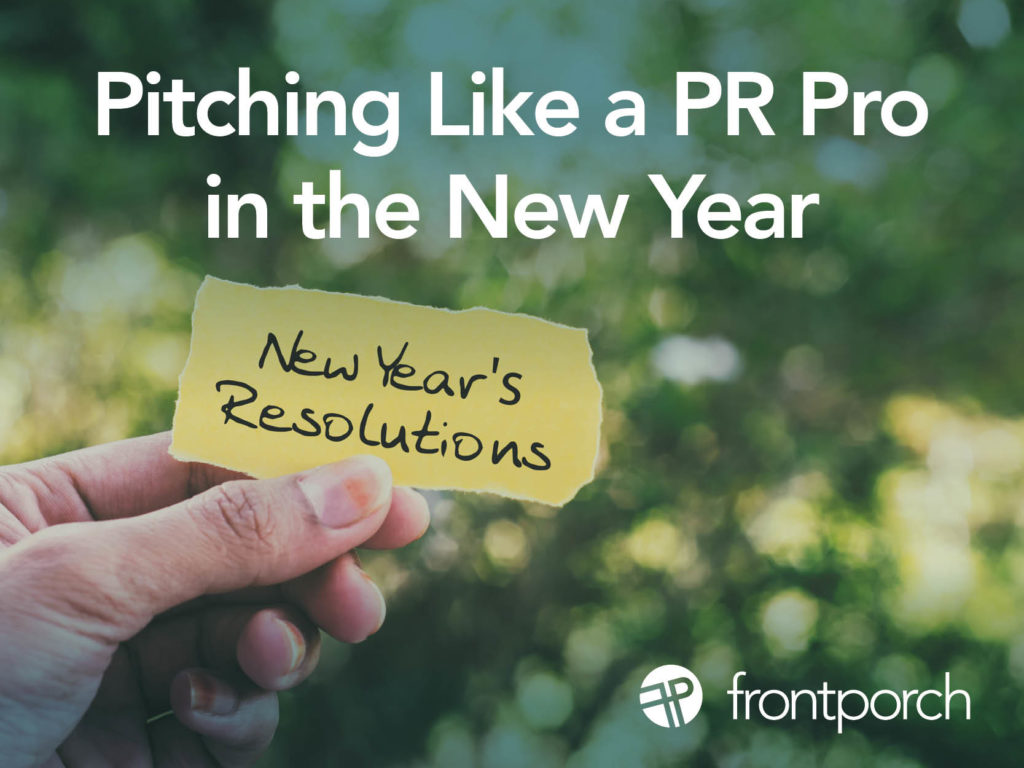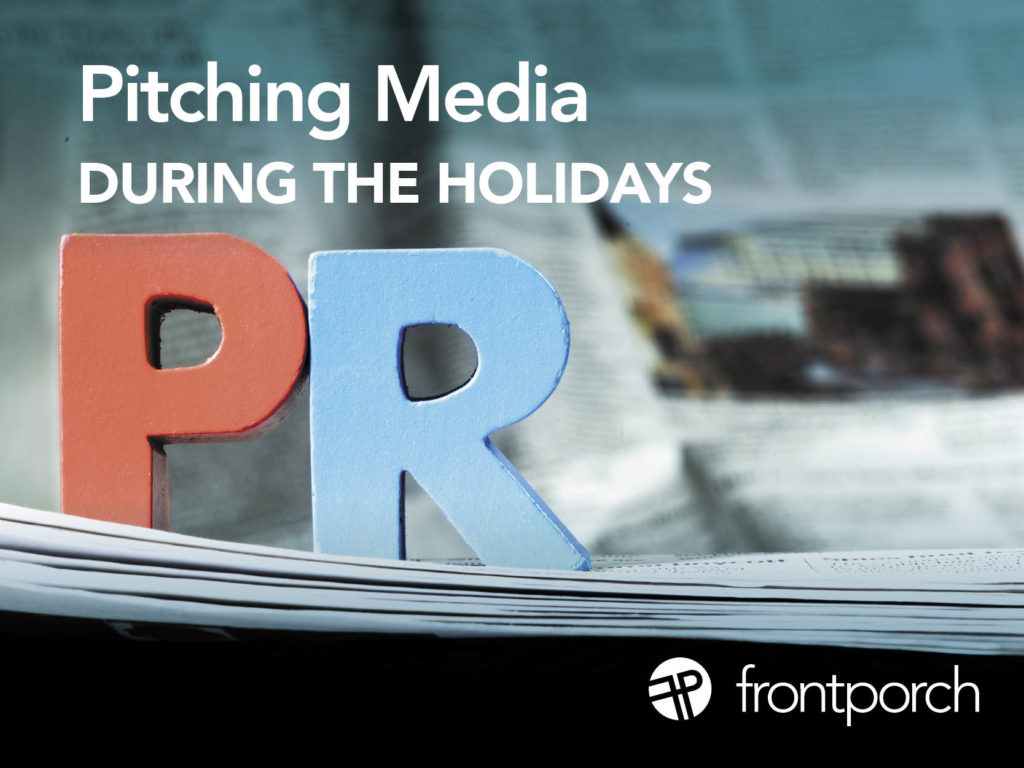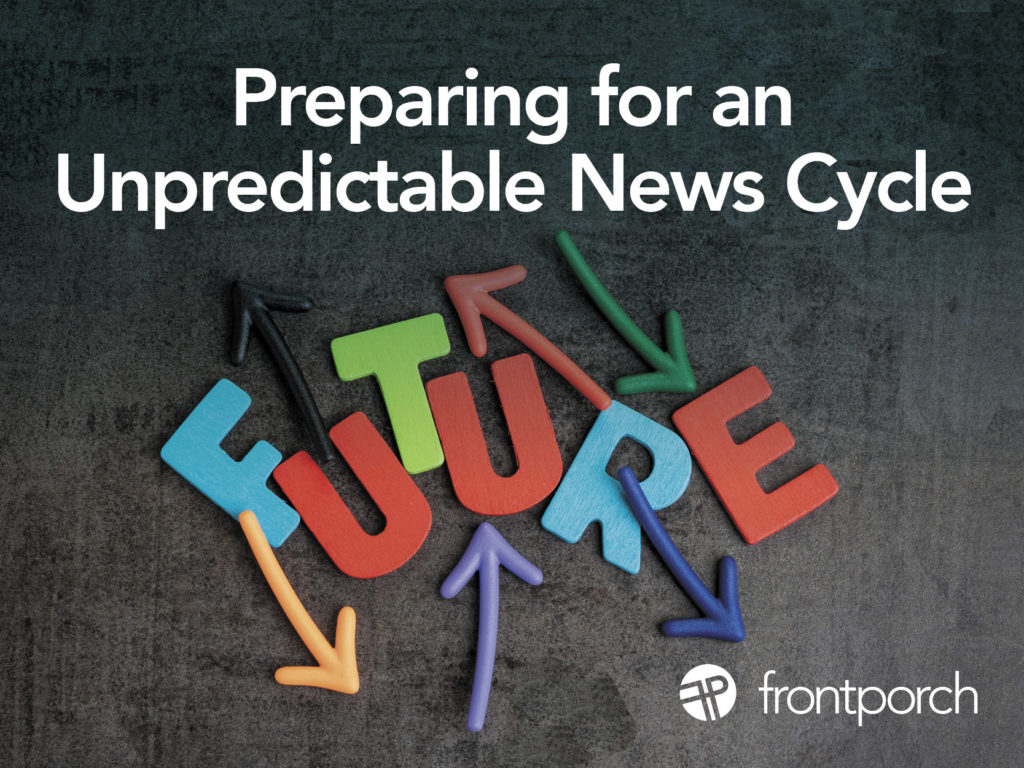
It’s that time of year again — spring PR pitching season. Take advantage of all that spring has to offer to make your story pitching more relevant.
“It is spring again. The earth is like a child that knows poems by heart.”
~ Rainer Maria Rilke
This beautiful quote can be applied to PR professionals: we know instinctively that story ideas must reflect the changing season. By embracing the themes of renewal, growth, and vitality inherent in the spring season, PR professionals can tailor their pitches to capture the attention of their target audience.
PR Pitching to Get Ahead This Spring
Your client’s content can be a garden of beautiful variety, when you plant it correctly. Here are five tips to put a spring in your PR pitching step!
- Spring into action by capitalizing on the warmer weather. For instance, if you have a restaurant client, pitch seasonal dishes for a cooking segment that incorporates bright colors that reflect the awakening landscapes, flush with new blooms.
- Cultivate a springtime campaign with the vigor of a horticulturist. Dig into prevailing trends that happen during warmer months. Stories ideas can surround Bring Your Daughter to Work Day, Mother’s Day, Graduation, Father’s Day, First Day of Summer, July 4. Create content based on what each month is known for.
- The colors of the season are filled with diverse botanical wonders. Use nature’s prism to reflect diversity in your PR strategy. Implementing different types of content and sharing it on your client’s social media channels will help your client grow an assorted oasis of relevant information.
- Embrace the sense of renewal in storytelling to evoke the spirit of spring. Editors and producers frequently choose story ideas that evoke a feeling of newness. Showcase your clients’ environmental consciousness by highlighting what eco-friendly practices they are doing during the warmer months. Pitch stories on green initiatives, energy-efficient strategies, or sustainable product launches that align with the values of environmentally conscious consumers.
- Put your experts on camera! Have retail clients talk about what is new for the spring and summer months. Pitch lifestyle specialists for a segment on easy ways to refresh interior and exterior living spaces. Present fitness professionals to demonstrate outdoor exercises that the whole family can enjoy.
In Spring, The Art of PR Story Pitching Steps Up
These tips serve as invaluable guidelines to craft compelling narratives that resonate with journalists and editors alike. Remembering the importance of personalization, timeliness, and succinctness ensures that pitches stand out amidst the flurry of media inquiries. Furthermore, fostering authentic relationships with media contacts and staying attuned to their preferences and interests can pave the way for fruitful collaborations. As the season unfolds, approach PR story pitching with creativity, strategic thinking, and a dash of seasonal flair, driving impactful storytelling that leaves a lasting impression.









